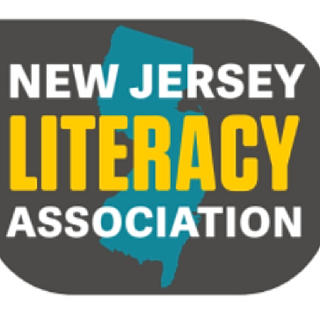Effective and Engaging Conferences
- New Jersey Literacy Association
- Sep 3, 2021
- 3 min read
by Sandi Szczepanski, Guest Contributor

What is a Conference?
A conference is basically a short interaction (5-7 minutes) between the teacher and the student. The teacher is working to individualize instruction and provide strategies that students will later apply on their own.
Conversation, Not Interrogation
The key to an effective conference is to make it a conversation between you and the individual student. Keep a nurturing tone and move to the student’s location and level. It is important to teach children how to have a conference. Teach the students what you expect them to say and do during a conference by modeling it as a whole group lesson. Then have them practice it! Try using sentence starters such as, “Today I’m working on…” or “I’m having trouble with…”. This will allow students to take ownership for their reading and writing goals. Always remember to give students time to think!
Celebrate Their Work
Who doesn’t like praise? During every conference it is important to include a compliment. Identify an area of strength or an area in which the student has demonstrated growth. When praising your students, be sure to give specific feedback. For example, “I love the way you…” or “Great work, keep doing…” This will build confidence and remind students to continue the strategies that they are already using. You can highlight this work during the whole-group share.
Teach for Transfer
Students should be able to apply what they learned from a conference to various other reading and writing situations in the future. It is important to focus on what strong readers and writers do when selecting the skills and strategies to teach your students. It is key to limit your conference to ONE, maybe two teaching points. Be sure to name the strategy being taught and explain why it is helpful. Be precise when you are teaching them the skill and be sure to MODEL the strategy. Allow the student to try the strategy with your support. Then, set a goal before sending them off to work independently.
Keep Simple Records
Find what works for you. There is no perfect way to take notes, but only a perfect way for YOU! It is essential to keep track of what you teach your readers and writers. It is also important to “check in” with students to see if they are applying what you have taught them. If you notice your whole class needs support on a strategy, try conducting a mini-lesson on it. If you notice a handful of students need help with that strategy, conduct a small-group strategy lesson. Look across your notes consistently to notice trends in the classroom, while monitoring student growth.
Have on Hand
Be sure to bring along a mentor text and exemplar writing to refer to during the conference. It is best if the text and writing piece is familiar to the student. In addition, having a prepared list of possible teaching points and prompts can help guide you with the conference. Also, be sure to have Post-its and a note-taking sheet to record what you discuss with your students.
Be Kind to Yourself
Oftentimes teachers get hung up on not meeting with enough children and then avoid conferencing all together. Try your best to meet with 2-3 students daily and if you miss days, it is okay! If your conferences are taking too long, try to reflect on what is turning them into a mini-lesson versus a conference. One way to maximize your time is by conducting a table or small-group conference. This allows you to meet with more students in less time. Overall, try your best and celebrate the “tiny-wins!”









Comments